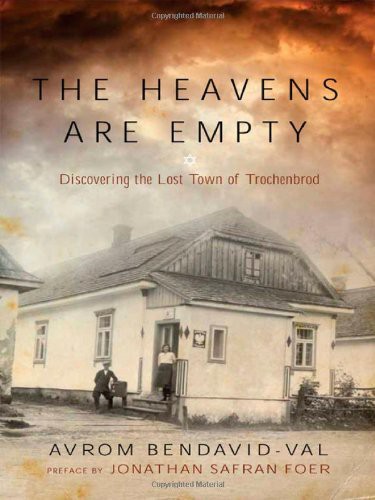
The Heavens Are Empty: Discovering the Lost Town of Trochenbrod PDF
Preview The Heavens Are Empty: Discovering the Lost Town of Trochenbrod
In the 19th century, nearly five million Jews lived in the Pale of Settlement. Most lived in shtetls—Jewish communities connected to larger towns—images of which are ingrained in popular imagination as the shtetl Anatevka from Fiddler on the Roof. Brimming with life and tradition, family and faith, these shtetls existed in the shadow of their town’s oppressive anti-Jewish laws. Not Trochenbrod.Trochenbrod was the only freestanding, fully realized Jewish town in history. It began with a few Jewish settlers searching for freedom from the Russian Czars' oppressive policies, which included the forced conscriptions of one son from each Jewish family household throughout Russia. At first, Trochenbrod was just a tiny row of houses built on empty marshland in the middle of the Radziwill Forest, yet for the next 130 years it thrived, becoming a bustling marketplace where people from all over the Ukraine and Poland came to do business. But this scene of ethnic harmony was soon shattered, as Trochenbrod vanished in 1941—her residents slaughtered, her homes, buildings, and factories razed to the ground. Yet even the Nazis could not destroy the spirit of Trochenbrod, which has lived on in stories and legends about a little piece of heaven, hidden deep in the forest.Bendavid-Val, himself a descendant of Trochenbrod, masterfully preserves and fosters the memory of this city, celebrating the vibrant lives of her people and her culture, proving true the words of one of Trochenbrod’s greatest poets, Yisrael Beider: I beg you hold fast to these words of mine. After this darkness a light will shine
